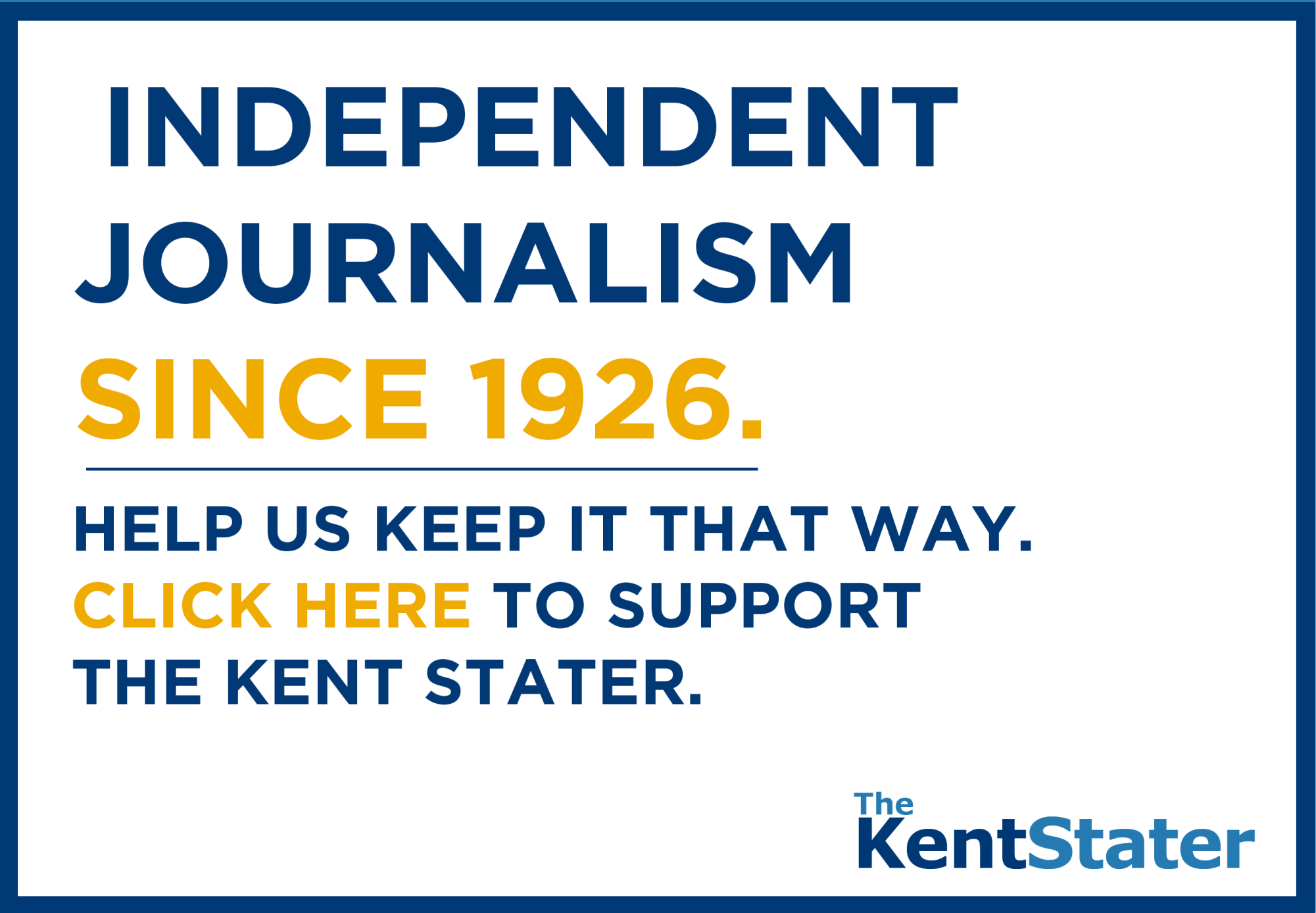Sick economy makes hospitals stretch dollars
September 23, 2009
A trip to the hospital is serious business. Not only can it be physically and emotionally taxing, it is also expensive for the hospital.
Hospitals have not been exempt from the poor health of the economy. Health insurance has become a common casualty of the economy as Americans lose jobs or cut costs.
When the uninsured are forced to visit the hospital with serious health concerns, the hospital must either work with the patient to find payment options, or they must absorb the cost themselves.
“Our system hasn’t changed because of the economy,” explained Jim Gosky, media and public relations director at Akron General Health Systems. “We end up absorbing more of the costs.”
The increase has been substantial. Gosky noted the system has already seen a 17.5 percent increase in uncompensated care from one year ago.
Similarly, Robinson Memorial Hospital in Ravenna has seen an increase of nearly $4 million from 2006 for uncompensated hospital bills. The total costs absorbed by the hospital in 2008 were nearly $24 million, including bad debt from patient care and charity care the hospital willingly absorbed for low-income patients.
Jennifer Farquhar, marketing and public relations coordinator for Robinson Memorial Hospital, said the hospital is already anticipating increases in charity care this year.
“We’ve always had financial counseling available,” Farquhar said. “We’re just making sure patients have access to a financial aid counseling before their treatment, so they know what funds are available.”
Manager of Financial Counseling Maud Vias said uninsured non-urgent cases work with a counselor before being treated at the hospital. In urgent cases, the financial assistance application will be filled out after the treatment has taken place.
“We try to see if there is any type of out there that will cover their bills,” Vias said.
Besides hospital care, other sources of funding include Medicaid. Vias noted many patients are qualified for Medicaid before completing tests. At Akron General, the number of Medicaid enrollees increased 173 percent since last year.
For patients in the lowest income brackets, hospitals offer discounts on medical bills or a complete waiver or funds if they are at or below the federal poverty line of $22,050 for a family of four. Farquhar said 4.5 percent of the hospital’s patient base receives some form of discounted or waived care.
Hospitals do have the Ohio Hospital Care Assurance Program to turn to for additional funding resources. The Ohio Department of Job and Family Services provides HCAP to ensure federal guidelines requiring additional funding for hospitals are met.
For the 2009 fiscal year, the federal government provided nearly $350 million to hospitals. Hospitals also contribute to this fund, bringing the available funds for 2009 to over $563 million. Vias noted HCAP makes up the funds for approximately 50 to 60 percent of its charity care.
Hospitals and patients are being selective and careful when it comes to budgets for any treatments. Farquhar notes the hospital has budgeted for increases in charity care each year, which makes the rest of their budget tighter. With continuing rises in charity care, this will become more difficult as time goes on.
“We have not seen any cut back in services of quality,” Farquhar said. “But we are definitely conscious of the purchases we make, whether they are most economical and beneficial to the patient.”
Contact public affairs reporter Kristine Philips at [email protected].












